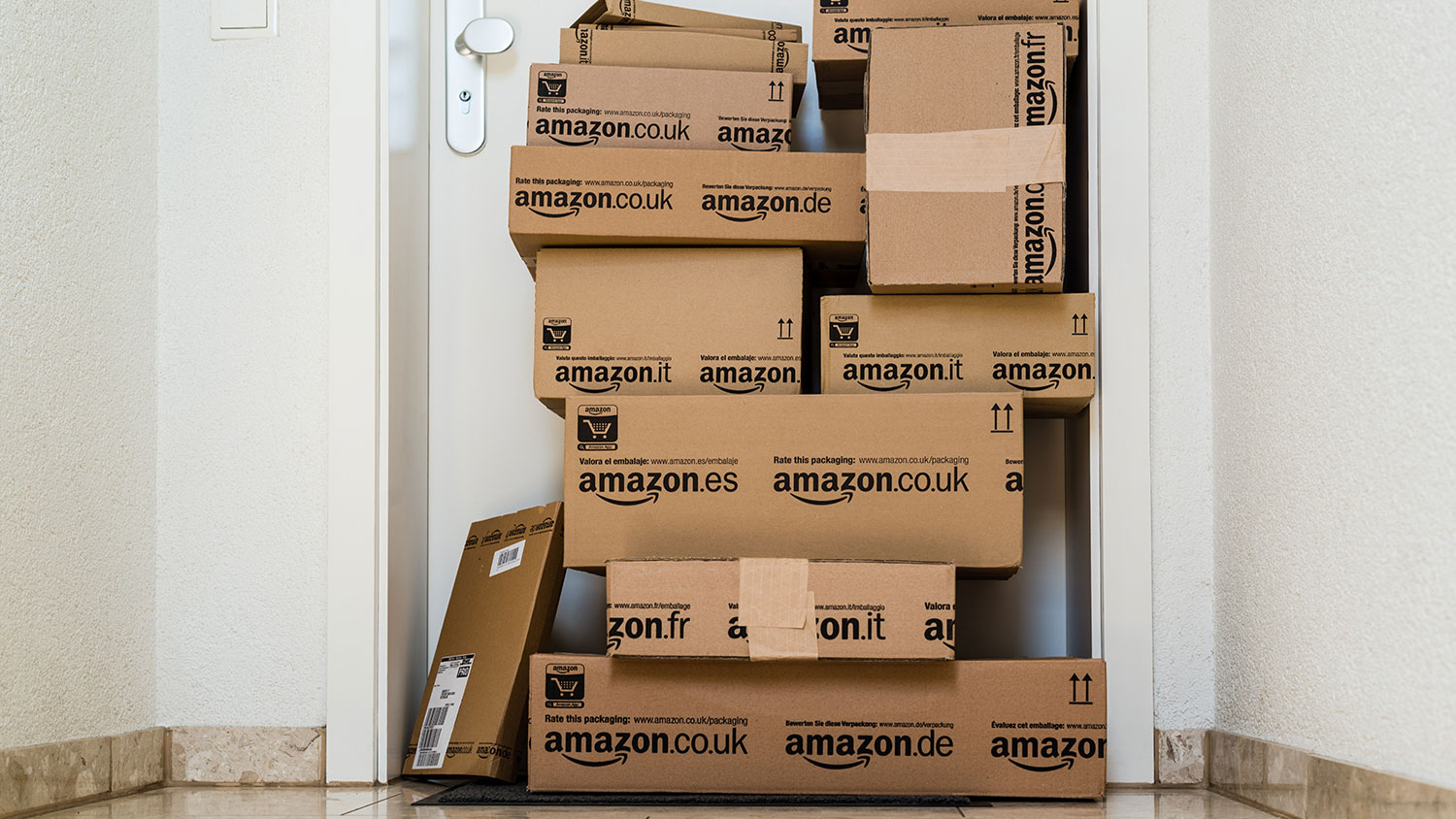We’ve written a lot about Amazon at Grist, from the company’s high-tech campus a couple miles from our own office to brogrammers taking over Seattle’s gayborhood to the real cost of your Prime account. When you live in Seattle, as both Grist and Amazon do, it just comes up. The company is an ever-growing presence in our city — one often blamed for the population boom, the traffic problem, and the rising cost of living. Most of us know people who work there, and while we may hear our neighbors bitching about the long hours and the few perks (you’ll find no laundry service or free lunches at Amazon HQ), the rest of the world got a rare inside look at what life is like for Amazon’s white-collar workers this weekend, thanks to The New York Times.
One hundred former and current employees spoke to the Times about their experiences at the monolithic company, and the atmosphere comes across as a bit like the Hunger Games for coders. Employees are encouraged to compete with each other and inform managers when their coworkers are underperforming, and there’s an annual purge where large numbers are fired. Some employees said they were punished for things like having cancer or — an even greater offense — children. One former employee described seeing his colleagues reduced to tears on a regular basis: “You walk out of a conference room and you’ll see a grown man covering his face,” he said. “Nearly every person I worked with, I saw cry at their desk.”
Despite the attention this piece has garnered in the media — I’ve read no less than a half dozen think pieces about Amazon’s employment practices this afternoon and prominent figures like author John Green have taken to Twitter to cancel their Prime accounts — I find it a little difficult to feel bad for Amazon’s white-collar office workers. Sure, they may not get the free massages, hair cuts, gourmet cafeterias, nap pods, or parental leave that Google workers get, but they still get paid well. Not as well as Facebook workers, maybe, but a hell of a lot more than me, and a hell of a lot more than say, teachers or nurses or firefighters — who, you know, save people. These people work at Amazon. They at some point made the conscious decision to join the company that is actively attempting to kill brick-and-mortar retailers. The bookstore wasn’t enough, so now it’s taking down clothing stores, grocery stores, and every other business it can possibly replace with drone delivery. (And it’s constantly dreaming up crafty new ways to get us to buy more trash that we don’t need.) You wanna work for that company? Sorry you don’t get nap pods.
Jeff Bezos responded to the New York Times article today in a widely circulated email to his 180,000 employees. It read, in part:
The NYT article prominently features anecdotes describing shockingly callous management practices, including people being treated without empathy while enduring family tragedies and serious health problems. The article doesn’t describe the Amazon I know or the caring Amazonians I work with every day. But if you know of any stories like those reported, I want you to escalate to HR. You can also email me directly at jeff@amazon.com. Even if it’s rare or isolated, our tolerance for any such lack of empathy needs to be zero.
But more shocking than Amazon’s alleged treatment of white-collar workers is its treatment of blue-collar ones. Bezos didn’t mention them in his email, but as Dylan Matthews writes at Vox:
Spencer Soper of the Morning Call, a daily paper in Allentown, Pennsylvania, described the local Amazon warehouse in 2011 as constantly overheated, with temperatures of more than 100 degrees during summer heat waves. After a federal investigation into conditions, the company started keeping an emergency vehicle with paramedics outside the warehouse to handle cases of heatstroke. An emergency room doctor who treated some of the warehouse’s workers reported Amazon for unsafe work conditions.
Apart from the heat, the warehouses paid little ($11 to $12 an hour) and imposed extremely strict discipline on employees. They used a point-based system wherein missed work, not working fast enough, or breaking safety rules earned a worker points, and employees with too many points were fired. Sick employees had to bring in doctor’s notes and request medical waivers if they didn’t want to get points. “When the heat index exceeded 110, they’d give you voluntary time off,” former worker Robert Rivas told Soper. “If you wanted to go home, they’d send you home. But if you didn’t have a doctor’s note saying you couldn’t work in the heat, you’d get points.”
Now that is fucked up. Tech workers always have the option to leave, to move to Google or Facebook or Microsoft or any number of corporations with better employment practices. Warehouse workers making $11 an hour don’t have this option. They’ll never be able to cash in their stock options and retire young. Conditions have been so bad that Amazon is currently under investigation after a worker died in a Carlisle, Penn., facility. It’s those Amazon employees we should be more concerned about.
Amazon bills itself as the Everything Store, and it doesn’t seem too far-fetched to imagine a time when literally everything that we purchase comes from this single company. This is terrifying, the kind of monopoly our government would break if our government still did that kind of thing. Unlike John Green, I don’t have an Amazon Prime account to cancel. But I am going to stop using my dad’s, and the next time I need a book or a shirt or an emergency flashlight, I will give my money to someone other than Jeff Bezos. We don’t have control over how Amazon treats it employees — be they white-collar or blue — but we can control where we shop.



